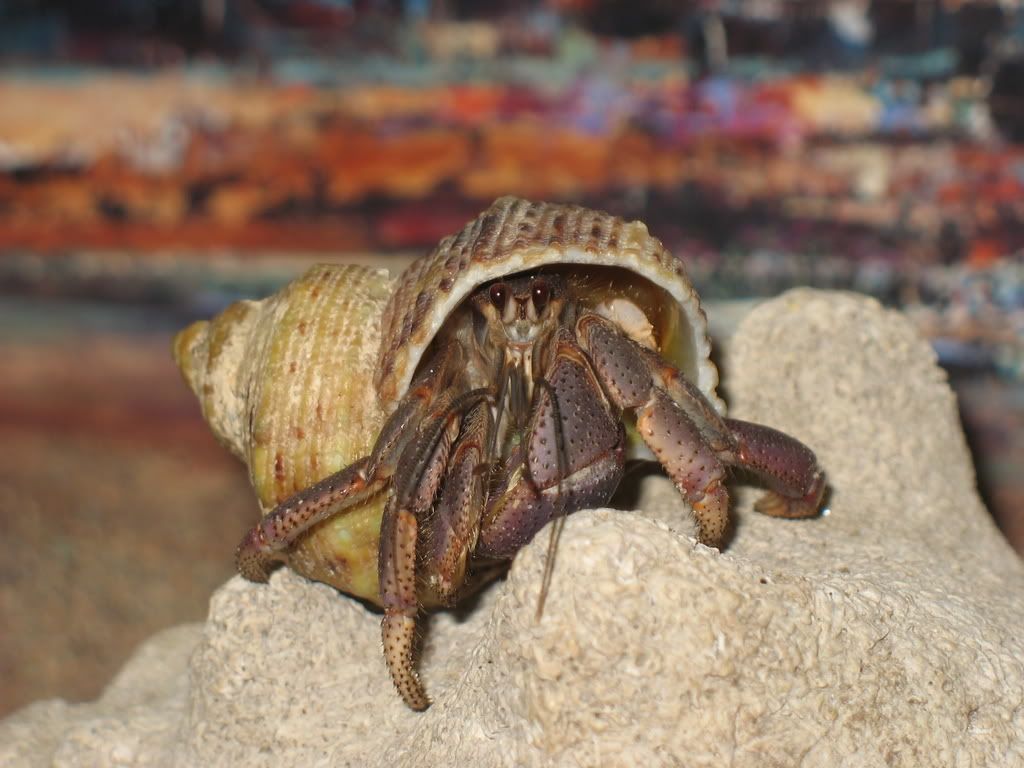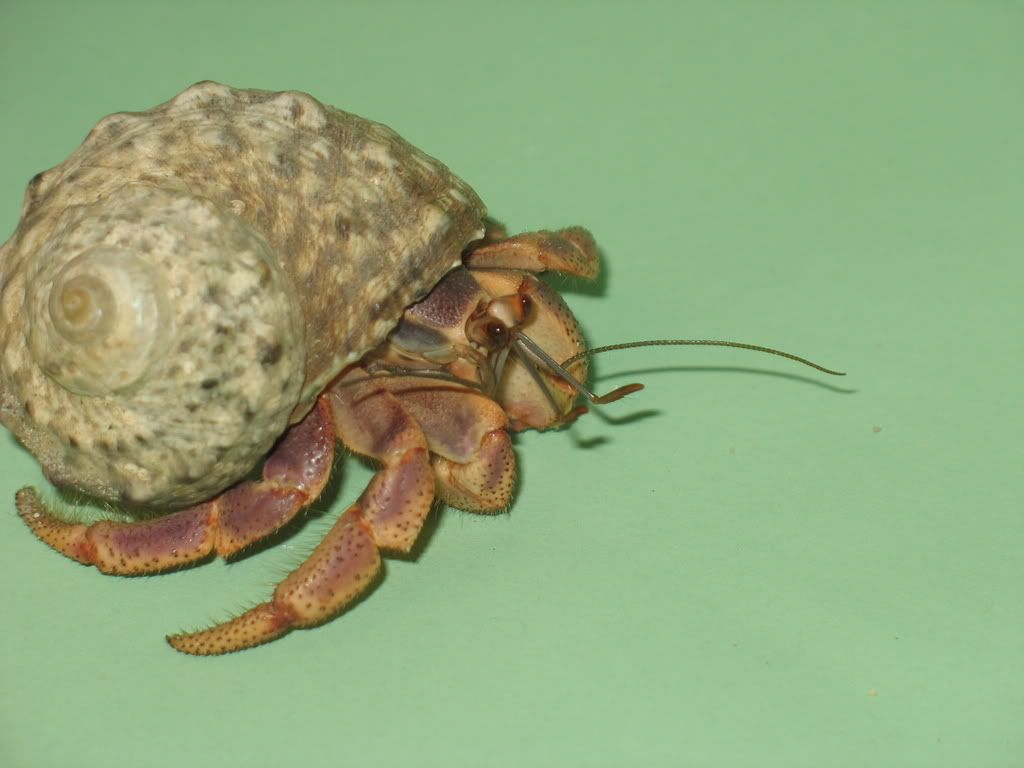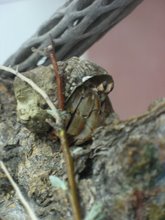Springtime provides a brief opportunity for collecting blossoms from flowering trees. Only a few of these suggested items come from my own trials, but I thought I should write a bit about them since they are very well liked by hermit crabs and we only have a limited time to harvest (about 2 weeks). They can be fed fresh or frozen or dried for later use.
These are
safe:
Crabapple blossoms --(favorite of hermit crabs--my guys will come out of hiding midday to gobble up the pink petals), smell like roses.
Linden Poplar blossoms --(white blossoms--one of my food trials)
Apple blossoms --(white, possibly pink, all varieties are safe)
Lilac --this is a shrub, not a tree, w/ pale purple blossoms (some are pink or white), very fragrant.
Tilia (or Basswood are small and fragrant).
Silk Tree (hot pink hairlike clusters).
These are
questionable:
Foresythia (bright yellow) probably safe, but my crew weren't interested.
Russian Olive Tree (yellow, very fragrant) probably safe, but my crew weren't interested.
I will add to this post because I know there are a lot more that I'll think of later.



























